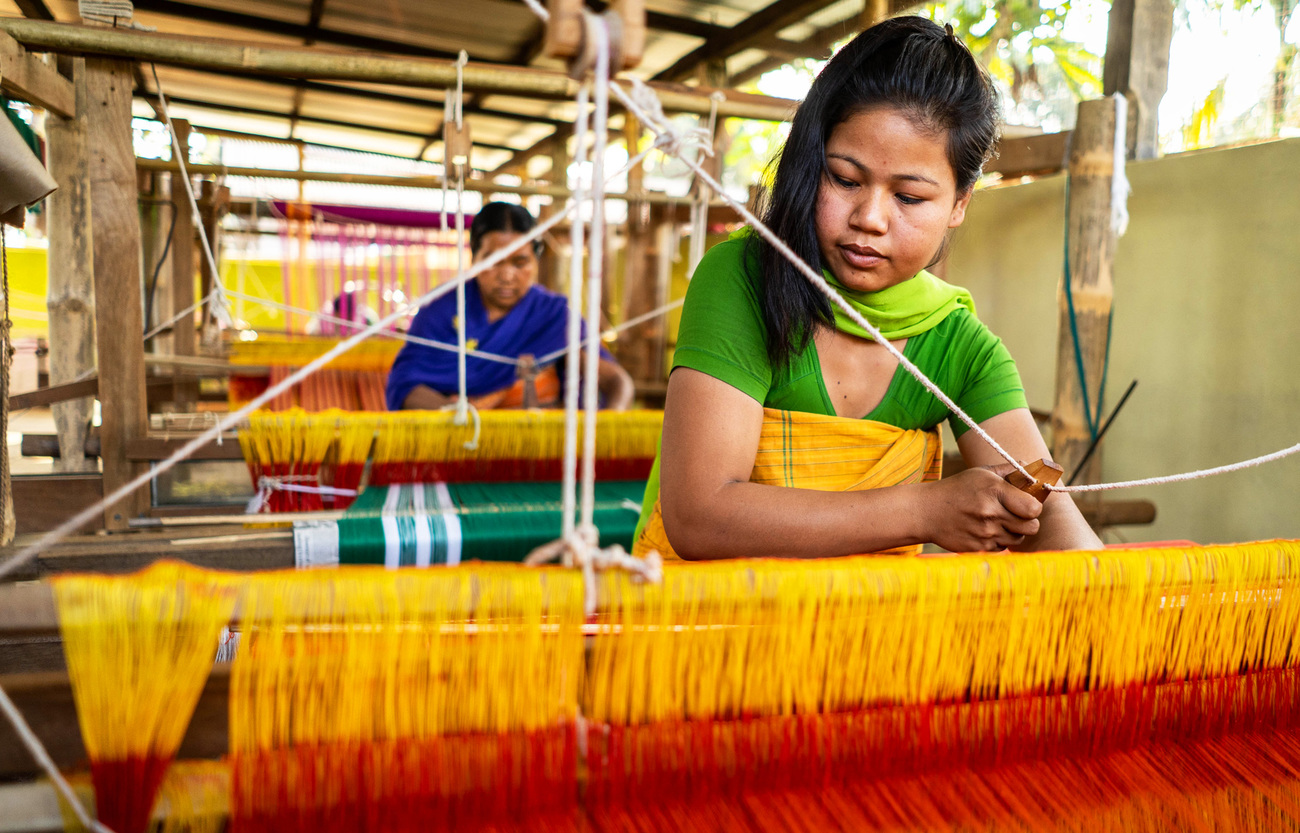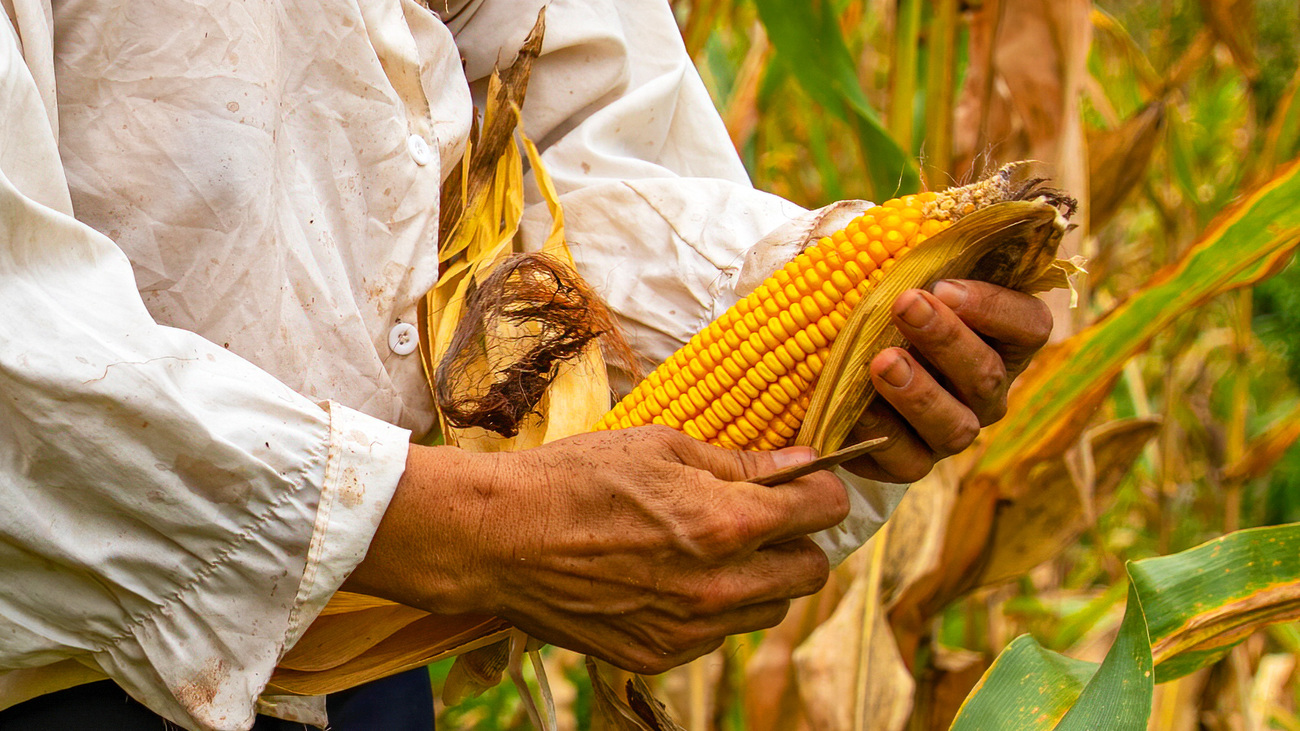How wildlife conservation makes communities resilient to the changing climate
How wildlife conservation makes communities resilient to the changing climate

Thanks to recent scientific research, we know that animals play a central role in capturing carbon and storing it in the ocean and landscapes where they live, making a significant contribution to climate change mitigation. But wild animals have far more to offer in the way of climate action, beyond their incredible potential to remove carbon dioxide from the atmosphere. Wildlife conservation is a powerful way to help some of the world’s most vulnerable communities and least developed countries adapt to climate change and build climate-resilient economies that can withstand its worst effects—here’s how.
Around the world, many of the biodiverse landscapes where wild animals have the greatest potential to sequester carbon are also landscapes where people are highly vulnerable to the effects of climate change. From the rainforests and cerrado of Latin America to the Congo Basin, and from the savannahs of East and southern Africa to the rainforests of Southeast Asia, biodiversity hotspots are home to some of the poorest and most marginalised people in the world, including the Indigenous Peoples who are the customary stewards of much of the world’s land biodiversity.

In these regions, Indigenous Peoples and local communities (IPLCs) often depend upon nature and biodiversity for their livelihoods, food, and water security, and this dependence shapes their ability to cope with and adapt to the impacts of climate change such as extreme weather events. As human activity and climate change relentlessly degrade vulnerable ecosystems, driving more and more species toward extinction, these people who rely so heavily on nature for their livelihoods are becoming more vulnerable, falling deeper into poverty, often left with few options other than the exploitation of natural resources and biodiversity in their struggle to survive, creating a vicious circle.
But there is growing evidence that wildlife conservation activities, if implemented the right way, can transform the livelihoods of these people, supporting them to secure climate-resilient livelihoods that can help them adapt to a changing climate while reducing their dependence on precious natural resources. For instance, conservation programmes can:
- Employ local community members, including youth and women, providing them with a steady income that is climate-resilient and giving them a personal stake in conservation rather than resource exploitation.
- Support Indigenous Peoples and local communities to secure legal rights to land and natural resources, enabling them to protect and manage biodiverse landscapes according to their traditional practices and generate incomes through conservation, tourism, and carbon markets.
- Support community members living in or beside protected areas to adopt wildlife-friendly, climate-resilient livelihoods, such as small business models that do not depend upon resource exploitation. New livelihoods can provide more reliable incomes, enabling households to build assets and save for a rainy day.
- Support community members to move away from livelihood activities that degrade the environment or are dependent upon the climate, increasing their food security and climate resilience through the use of ecologically appropriate, wildlife-friendly, and climate-resilient agricultural practices like agroforestry and agroecology and increasing access to vital ecosystems services through community-based landscape restoration.
- Support communities to reduce deforestation by helping them to access and use low-carbon or renewable energy sources and appliances.

By integrating such activities into their programmes, and by applying the Principles for Locally Led Adaptation, conservation agencies can ensure that their efforts to protect, restore, and effectively manage biodiversity also build adaptive capacity and strengthen resilience in local communities, supporting the creation of landscapes and local economies that are resilient to climate change, now and in the future.
By linking these activities to national and international markets, drawing in local and international tourists, and leveraging the financial opportunities presented by carbon and biodiversity markets and other innovative financing mechanisms, wildlife conservation also has the power to generate significant levels of revenue that can then be invested back into wildlife conservation and management and can make a major contribution to the low-carbon, green economic development ambitions of developing countries.
Related content
Our work can’t get done without you. Please give what you can to help animals thrive.